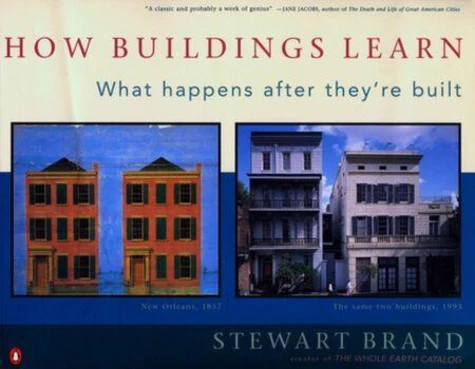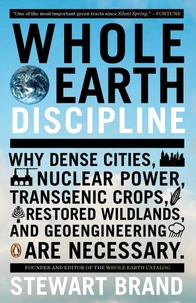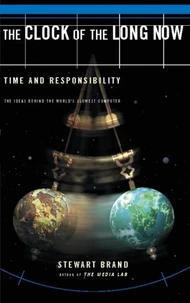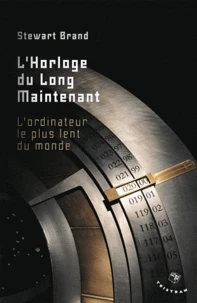How Buildings Learn. What Happens After They're Built
Par :Formats :
Disponible dans votre compte client Decitre ou Furet du Nord dès validation de votre commande. Le format ePub protégé est :
- Compatible avec une lecture sur My Vivlio (smartphone, tablette, ordinateur)
- Compatible avec une lecture sur liseuses Vivlio
- Pour les liseuses autres que Vivlio, vous devez utiliser le logiciel Adobe Digital Edition. Non compatible avec la lecture sur les liseuses Kindle, Remarkable et Sony
- Non compatible avec un achat hors France métropolitaine
 , qui est-ce ?
, qui est-ce ?Notre partenaire de plateforme de lecture numérique où vous retrouverez l'ensemble de vos ebooks gratuitement
Pour en savoir plus sur nos ebooks, consultez notre aide en ligne ici
- Nombre de pages252
- FormatePub
- ISBN1-101-56264-1
- EAN9781101562642
- Date de parution01/10/1995
- Protection num.Adobe DRM
- Taille32 Mo
- Infos supplémentairesepub
- ÉditeurPenguin Books
Résumé
A captivating exploration of the ever-evolving world of architecture and the untold stories buildings tell. When a building is finished being built, that isn't the end of its story. More than any other human artifacts, buildings improve with time-if they're allowed to. Buildings adapt by being constantly refined and reshaped by their occupants, and in that way, architects can become artists of time rather than simply artists of space. From the connected farmhouses of New England to I.
M. Pei's Media Lab, from the evolution of bungalows to the invention of Santa Fe Style, from Low Road military surplus buildings to a High Road English classic like Chatsworth-this is a far-ranging survey of unexplored essential territory. Discover how structures become living organisms, shaped by the people who inhabit them, and learn how architects can harness the power of time to create enduring works of art through the interconnected worlds of design, function, and human ingenuity.
M. Pei's Media Lab, from the evolution of bungalows to the invention of Santa Fe Style, from Low Road military surplus buildings to a High Road English classic like Chatsworth-this is a far-ranging survey of unexplored essential territory. Discover how structures become living organisms, shaped by the people who inhabit them, and learn how architects can harness the power of time to create enduring works of art through the interconnected worlds of design, function, and human ingenuity.
A captivating exploration of the ever-evolving world of architecture and the untold stories buildings tell. When a building is finished being built, that isn't the end of its story. More than any other human artifacts, buildings improve with time-if they're allowed to. Buildings adapt by being constantly refined and reshaped by their occupants, and in that way, architects can become artists of time rather than simply artists of space. From the connected farmhouses of New England to I.
M. Pei's Media Lab, from the evolution of bungalows to the invention of Santa Fe Style, from Low Road military surplus buildings to a High Road English classic like Chatsworth-this is a far-ranging survey of unexplored essential territory. Discover how structures become living organisms, shaped by the people who inhabit them, and learn how architects can harness the power of time to create enduring works of art through the interconnected worlds of design, function, and human ingenuity.
M. Pei's Media Lab, from the evolution of bungalows to the invention of Santa Fe Style, from Low Road military surplus buildings to a High Road English classic like Chatsworth-this is a far-ranging survey of unexplored essential territory. Discover how structures become living organisms, shaped by the people who inhabit them, and learn how architects can harness the power of time to create enduring works of art through the interconnected worlds of design, function, and human ingenuity.






